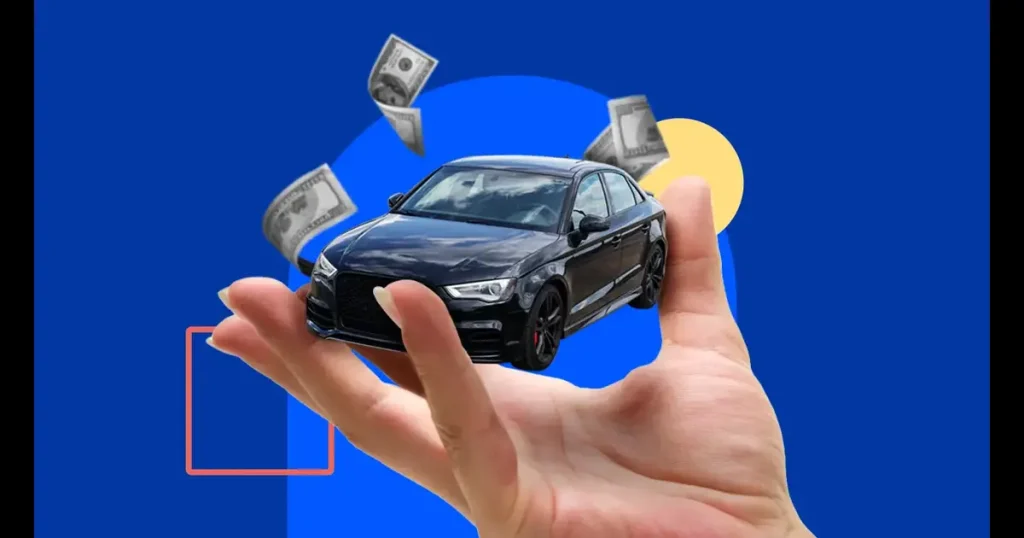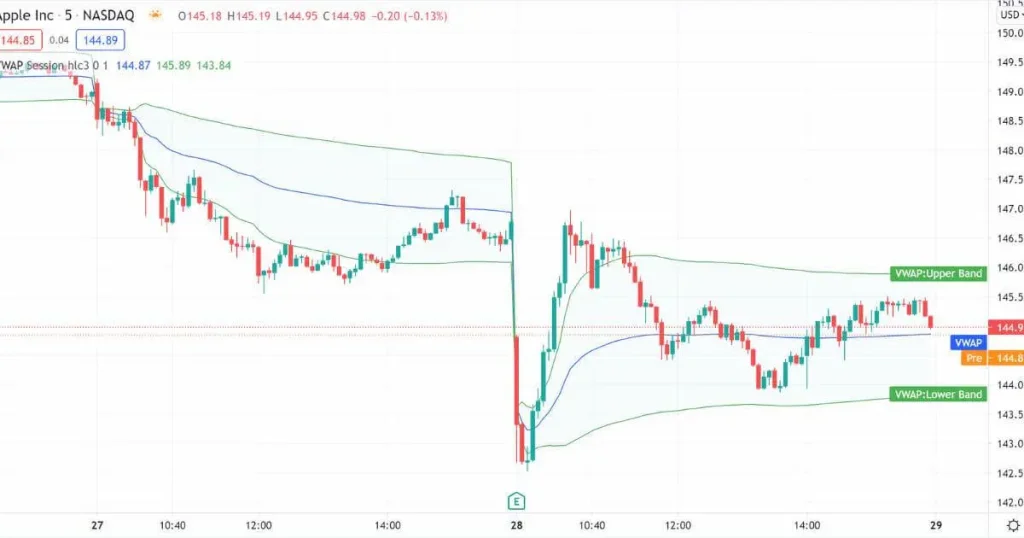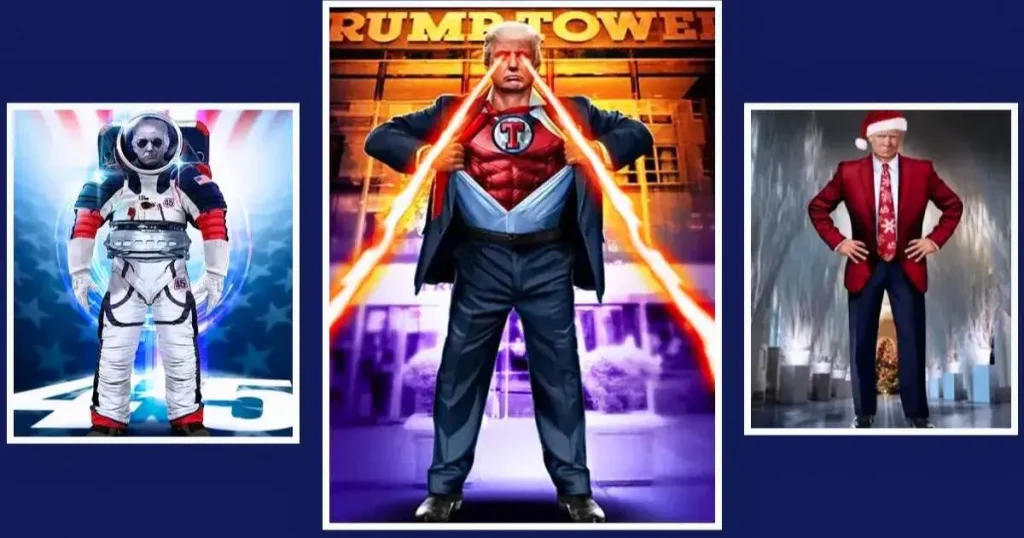Trading in a financed car means exchanging your current vehicle for a new one while you still owe money on the existing car loan or lease. This process involves transferring the remaining balance of your loan or lease to the new vehicle’s financing arrangement. It’s essential to grasp the nuances of this transaction to make informed decisions about your automotive needs and financial obligations.
Understanding the process of trading in a financed car is crucial for several reasons:
- It allows you to navigate the complexities of dealing with an ongoing car loan or lease while transitioning to a new vehicle.
- It helps you assess the financial implications and potential benefits or drawbacks of trading in your financed car.
- Understanding this process empowers you to negotiate effectively with dealerships or private buyers, ensuring a fair and favorable trade-in deal.
Overview of What the Article Covers
This article provides a comprehensive guide to trading in a financed car, leaving no stone unturned. It covers various aspects to help you make informed decisions, ensuring you have all the information you need to navigate this process with confidence.
Understanding Your Financing
Understanding your financing type is not just helpful; it’s crucial. Car financing comes in different forms, including loans and leases. Loans involve borrowing money to purchase a car, which you repay over time with interest. On the other hand, leases allow you to use a vehicle for a set period by making monthly payments, typically lower than loan payments. Knowing your financing type is the compass that guides you on how to proceed with a trade-in.
The terms and conditions of your financing agreement outline your responsibilities, such as monthly payments, interest rates, and any penalties for early termination or late fees. Knowing these terms helps you evaluate the financial implications of trading in your financed car and negotiate favorable terms for a new vehicle.
Additionally, assessing the current status of your car loan or lease involves understanding how much you still owe, the car’s current value, and any potential equity or negative equity. This information is essential for determining a trade-in transaction’s feasibility and possible outcomes.
Evaluating Your Car’s Value
Several factors play a crucial role in determining your car’s worth. Understanding these factors can help you make informed decisions when trading in a financed car.
Factors Influencing Your Car’s Value
Various factors influence the value of your car:
- Mileage: Generally, lower mileage cars are valued higher as they indicate less wear and tear.
- Condition: The overall condition of your vehicle, both interior and exterior, significantly impacts its value.
- Age: Newer cars have higher values than older ones due to technological advancements and features.
- Service History: Regular maintenance and service records can positively influence your car’s value.
- Market Demand: Current market trends and demand for your car’s make and model can affect its value.
- Accident History: Any past accidents and the extent of repairs can impact the value of your vehicle.
How to Assess Your Car’s Worth
To assess your car’s worth accurately, follow these steps:
1. Research: Look up similar cars for sale in your area to understand the market value.
2. Consider Condition: Be honest about your car’s condition and any maintenance or repairs needed.
3. Use Valuation Tools: Online valuation tools like Kelley Blue Book or NADA can estimate values based on your car’s details.
4. Get a Professional Appraisal: Consider getting a professional appraisal from a trusted mechanic or dealership for an accurate assessment.
Using Online Valuation Tools and Professional Appraisals
Online valuation tools and professional appraisals can be valuable resources:
- Online Tools: These tools use algorithms and market data to estimate your car’s value based on its make, model, year, mileage, and condition.
- Professional Appraisals: A professional appraisal involves a thorough inspection by experts who consider all aspects of your car to determine its value accurately.
Exploring Trading Options
When trading in your financed car, you have two main options: trading in at a dealership or selling privately. Each option has pros and cons, and understanding them can help you make the right decision.
Trading In at a Dealership vs. Selling Privately
- Trading In at a Dealership: This option is convenient as the dealership handles the process, including paying off your existing loan. However, you may get a lower value compared to selling privately.
- Selling Privately: Selling your car privately allows you to negotiate a higher price and potentially get more money than a trade-in. However, it requires more effort in advertising, dealing with potential buyers, and handling paperwork.
Pros and Cons of Each Option
Trading In at a Dealership
Pros: Convenient, hassle-free process; dealership handles paperwork.
Cons: Lower trade-in value compared to private sale.
Selling Privately
Pros: Potential for higher sale price, more control over the selling process.
Cons: Requires more effort, time-consuming, may encounter unreliable buyers.
Tips for Negotiating a Trade-In Value
If you decide to trade in your car at a dealership, here are some tips for negotiating a fair trade-in value:
1. Know Your Car’s Worth: Use online valuation tools and appraisals to understand your car’s value clearly.
2. Highlight Maintenance: Provide service records to showcase your car is well-maintained.
3. Be Flexible: Consider negotiating other aspects like financing terms or additional services to enhance the deal.
4. Shop Around: Get quotes from multiple dealerships to compare offers and negotiate the best deal.
Handling Negative Equity
What is Negative Equity?
Negative equity in a car refers to a situation where you owe more money on your car loan than the car is worth. For example, if your car’s value has depreciated faster than you’ve paid down the loan, you might have negative equity.
Strategies for Dealing with Negative Equity in a Trade-In
1. Pay Down the Loan: One strategy is to pay down your loan faster to reduce negative equity. Making extra payments or paying more than the minimum can help.
2. Wait for Equity to Improve: Sometimes, waiting can be an option. As you make regular payments, your car’s value may increase relative to your loan balance, reducing negative equity.
3. Roll Over Negative Equity: Some dealerships may allow you to roll over negative equity into your new loan in a trade-in. However, be cautious, as this can increase your new loan amount.
4. Consider Gap Insurance: Gap insurance can cover the difference between your car’s value and what you owe in case of an accident or total loss, reducing the impact of negative equity.
How to Avoid Negative Equity in the Future
1.Choose a Shorter Loan Term: A shorter loan term can help you build equity faster, reducing the risk of negative equity.
2. Make a Larger Down Payment: Putting more money upfront reduces the amount you need to finance, lowering the risk of negative equity.
3. Buy a Depreciation-Resistant Car: Research cars valued well to minimize depreciation and potential negative equity.
4. Regular Maintenance: Keeping your car well-maintained can help preserve its value, reducing the chances of negative equity.
Preparing for the Trade-In Process
Gathering Necessary Documents
Before trading in your car, gather essential documents like the title, loan information, maintenance records, and any relevant paperwork. These documents help streamline the trade-in process and ensure you have all the necessary information for a smooth transaction.
Preparing Your Car for Inspection
1. Clean Your Car: A clean car makes a positive impression and can increase its value during inspection.
2. Address Minor Repairs: Fix minor issues like dents, scratches, or mechanical problems to improve your car’s overall condition.
3. Gather Maintenance Records: Having regular maintenance and repair records can demonstrate that your car has been well-cared for.
4. Remove Personal Items: Remove personal belongings from your car before inspection to present a clean and professional appearance.
Understanding the Trade-In Process at Dealerships
1. Appraisal: The dealership will assess your car’s value based on mileage, condition, age, and market demand.
2. Negotiation: Be prepared to negotiate the trade-in value. Research your car’s worth beforehand to have a realistic expectation.
3. Trade-In Agreement: If applicable, review and understand the trade-in agreement, including terms related to negative equity.
4. Completing the Transaction: Once you agree on a trade-in value, complete the necessary paperwork to finalize the transaction.
Making the Trade-In Deal
Negotiating Trade-In Value and Finalizing the Deal
Negotiating the trade-in value is crucial for getting a fair deal when trading in a financed car. Start by researching the market value of your car using reputable valuation tools. Armed with this information, approach dealerships confidently and be prepared to negotiate.
Emphasize the positives of your car, such as low mileage or recent maintenance, to justify your asking price. Be willing to walk away if the offer is too low, as dealerships may adjust their initial offer during negotiations. Remember, it’s about finding a mutually beneficial deal.
Reviewing the Trade-In Agreement and Understanding Terms
Before finalizing the trade-in deal, carefully review the trade-in agreement. Pay close attention to the trade-in value offered, any deductions for wear and tear, and any additional fees or charges. Make sure you understand all the terms and conditions outlined in the agreement.
Ask questions if anything is unclear and seek clarification on any ambiguous points. It’s essential to clearly understand what you’re agreeing to before proceeding with the trade-in transaction.
Completing the Trade-In Transaction
Once you’re satisfied with the trade-in value and have reviewed and understood the agreement, it’s time to complete the transaction. As requested by the dealership, provide all required documentation, such as the car’s title, loan information, and maintenance records.
Be prepared to sign the paperwork and finalize the trade-in process. Double-check all documents to ensure accuracy and completeness. Once everything is in order, you can trade your financed car for a new vehicle.
Post-Trade-In Considerations
Settling Your Previous Financing (If Applicable)
If you had an existing car loan or lease on the traded-in vehicle, ensure that you settle this financing properly. Contact your lender or leasing company to finalize any outstanding payments or arrangements for the traded-in car.
Updating Registration and Insurance for the New Vehicle
After completing the trade-in transaction, update your new vehicle’s registration and insurance information. Notify the relevant authorities and insurance providers to ensure your new car is registered correctly and covered.
Tips for Maintaining Positive Equity in Your New Vehicle
To maintain positive equity in your new vehicle, consider making regular payments on time, avoiding excessive mileage, and keeping up with routine maintenance. These practices can help you preserve the value of your car and avoid negative equity in the future.
Trading in a financed car can be a beneficial option when done right. By researching, negotiating effectively, and understanding the terms, you can get a fair deal and transition smoothly to a new vehicle.
We encourage readers to approach car trading with knowledge and confidence. Take the time to understand the process, evaluate your options, and make informed decisions to ensure a positive experience in your car trading journey.
Frequently Asked Questions about Trading in a Financed Car
What happens to my outstanding loan when I trade in my financed car?
When you trade in a financed car, the outstanding loan doesn’t magically disappear. The dealership typically pays off the remaining balance to your lender. If there’s positive equity, it can be applied to your new car purchase or returned to you. In the case of negative equity, options like rolling it into the new loan may be considered.
Can I trade in a financed car with negative equity?
Yes, you can trade in a financed car with negative equity. Some dealerships offer solutions like rolling over the negative equity into your new loan. However, it’s essential to be cautious, as this may extend your repayment period and potentially increase the overall cost of the new vehicle.
How does positive equity benefit me when trading in a financed car?
Positive equity can be a significant advantage. If the appraised value of your car exceeds the remaining loan balance, you have positive equity. This surplus can be used as a down payment for your new vehicle, potentially lowering your monthly payments or even covering additional costs like taxes and fees.
Are there any tax implications when trading in a financed car?
Trading in a financed car can have tax implications. In some regions, you may be eligible for tax benefits when the trade-in value is used as part of the down payment for the new vehicle. However, it’s advisable to consult with a tax professional to understand the specific implications based on your location and financial situation.
Should I get my financed car appraised before trading it in?
Absolutely. Getting your financed car appraised before trading it in provides a realistic understanding of its market value. This appraisal serves as a valuable negotiating tool when discussing trade-in terms with the dealership. Online tools and professional appraisers can assist in gauging the fair market value of your vehicle.
- Strategies for Firing an Employee Who Is Not a Good Fit - March 25, 2024
- How Managers Today Differ from Managers in the Past - February 7, 2024
- The World of NFT Trading Cards - December 30, 2023



